What Is Form 1007? A Complete Overview for Appraisal Pros
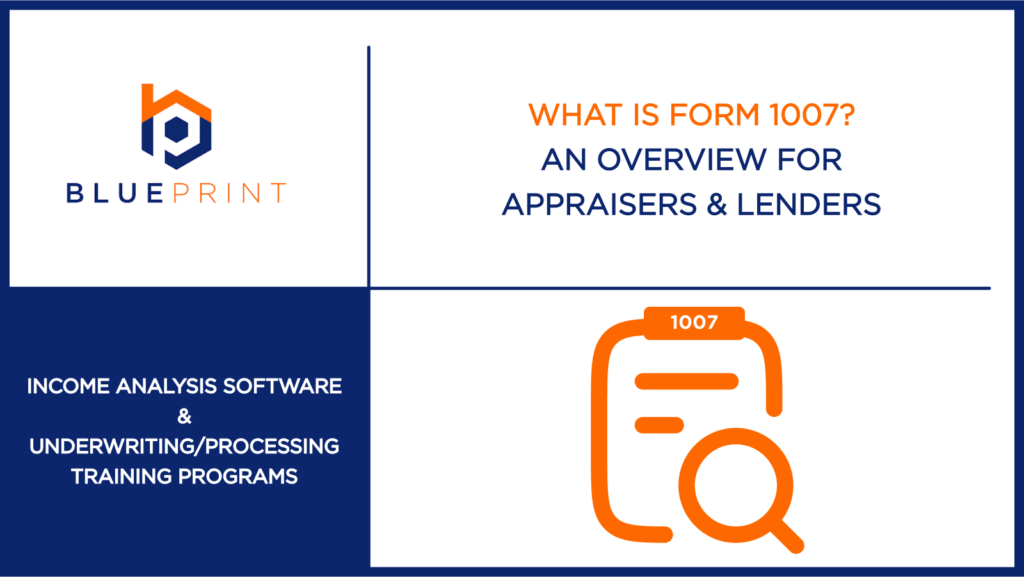
Fannie Mae’s Form 1007, formally known as the Single-Family Comparable Rent Schedule, is a vital document in the appraisal process for investment properties, particularly one-unit properties and single-family homes. This form plays a critical role for both appraisers, who are responsible for its accurate completion, and lenders, who rely on it to evaluate a property’s […]
The Underwriting Process Explained: 10 Essential Steps
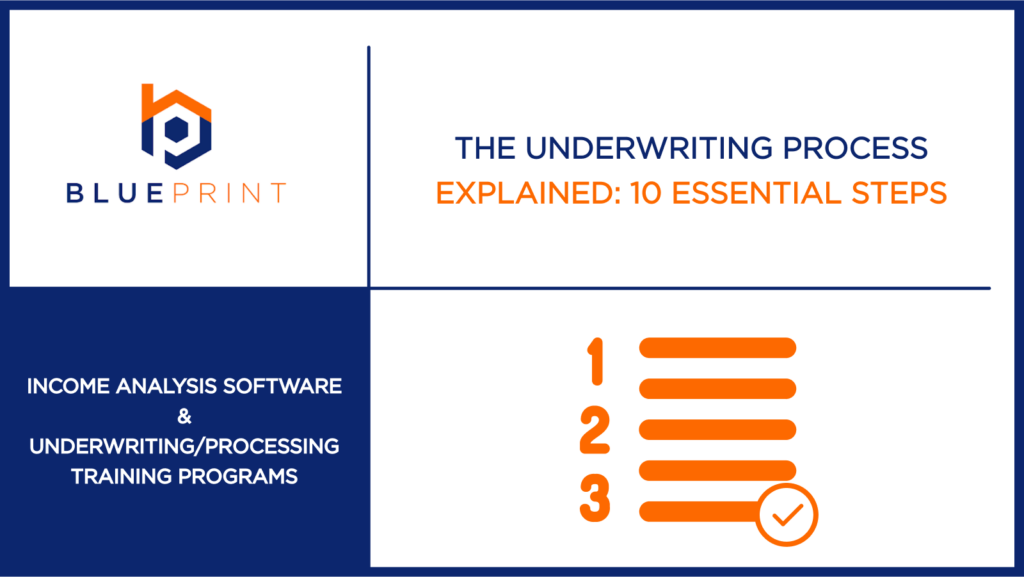
As a lender, the mortgage underwriting process is one of the key components of your lending operations. If you’re making loans for home purchases, refinancing existing mortgages, or issuing home equity loans or second mortgages, effective underwriting is a must. This guide offers a clear overview of the key steps in the mortgage underwriting process—from […]
Fannie Mae Asset Depletion: Key Policies & Calculation Guide
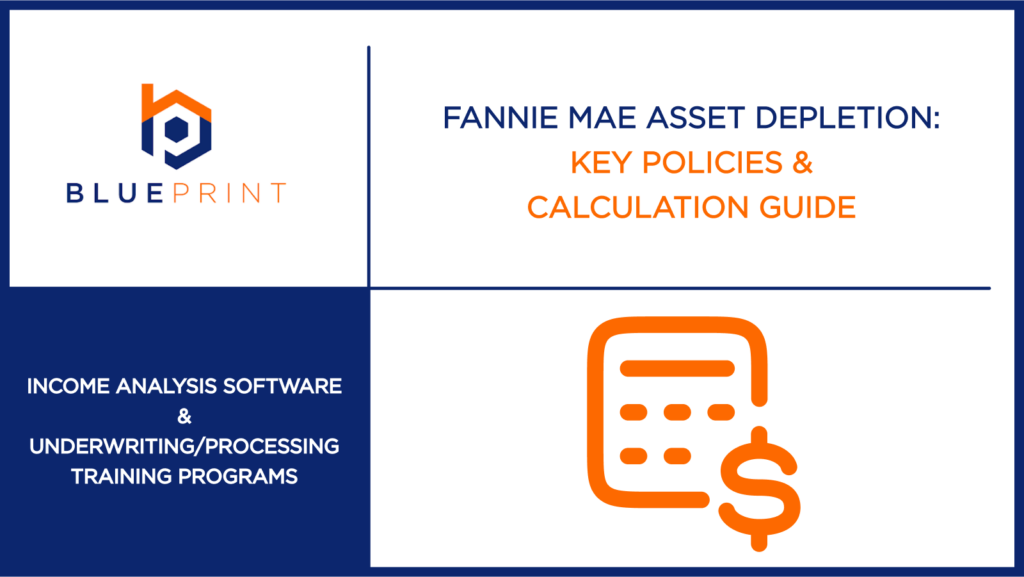
Assessing borrowers with substantial accessible liquid assets but limited recurring income can present unique underwriting challenges. Fannie Mae’s asset depletion program offers lenders a way to qualify these borrowers by converting their accessible assets into a usable income stream for mortgage approval. This approach allows underwriters to recognize financial stability beyond traditional employment income and […]
Let’s talk FHA rental income
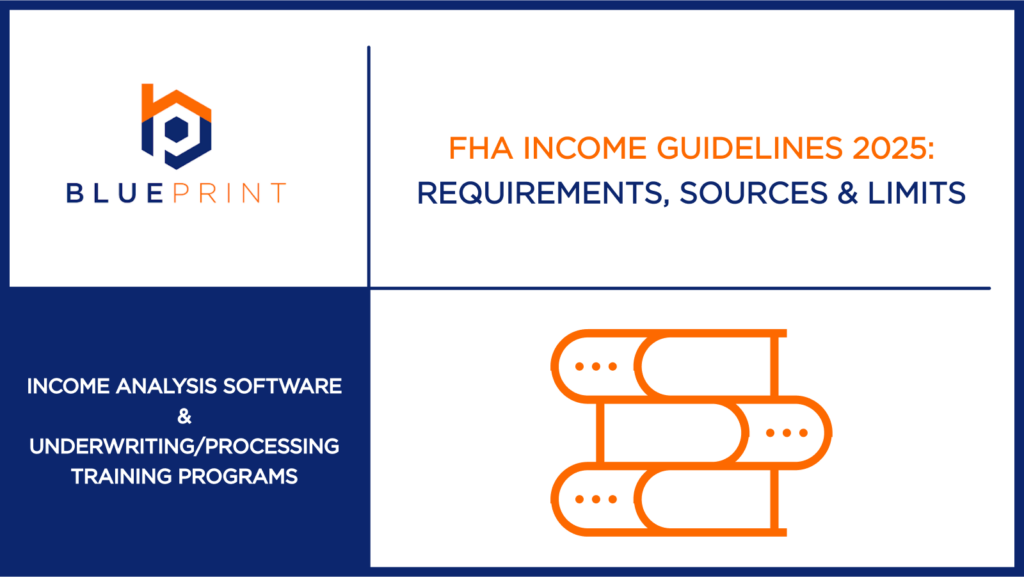
Securing an FHA loan requires careful adherence to specific income guidelines, which can evolve. Staying informed about these changes is critical for both lenders and prospective homeowners. In this article, we take an in-depth look at the FHA’s 2025 income guidelines. We’ll cover everything from eligibility requirements and sources of acceptable income to how to […]
Freddie Mac Form 91: Step-by-Step Guide + Free Download
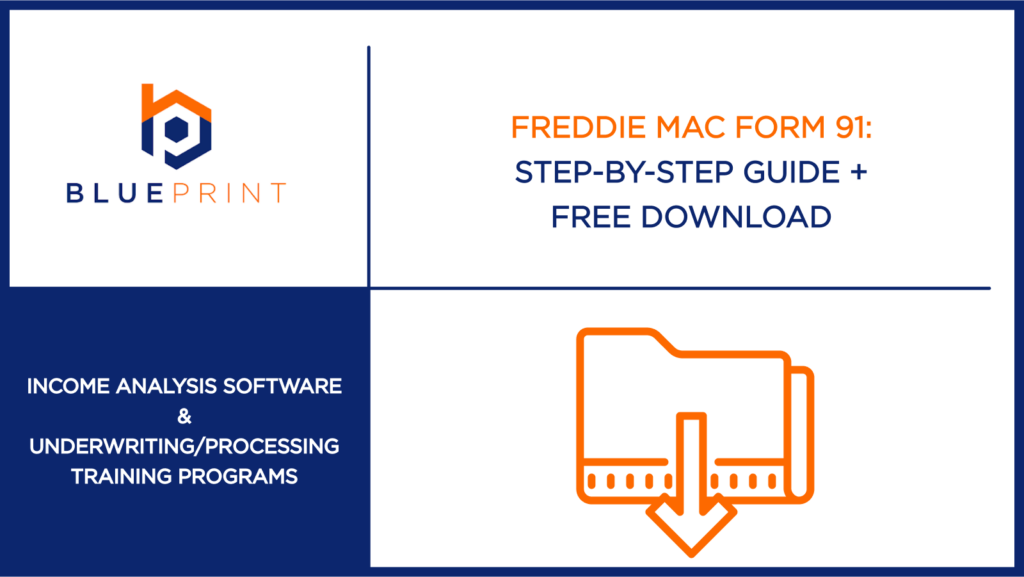
Self-employment is great, but it can make the mortgage application process somewhat challenging. The good news is that Form 91 by Freddie Mac can simplify things for both lenders and self-employed borrowers by streamlining the process and accurately assessing a borrower’s self-employed income, which can lead to faster approvals. Our guide provides a comprehensive, step-by-step […]
Form 1084: How to Complete Fannie Mae’s Cash Flow Form
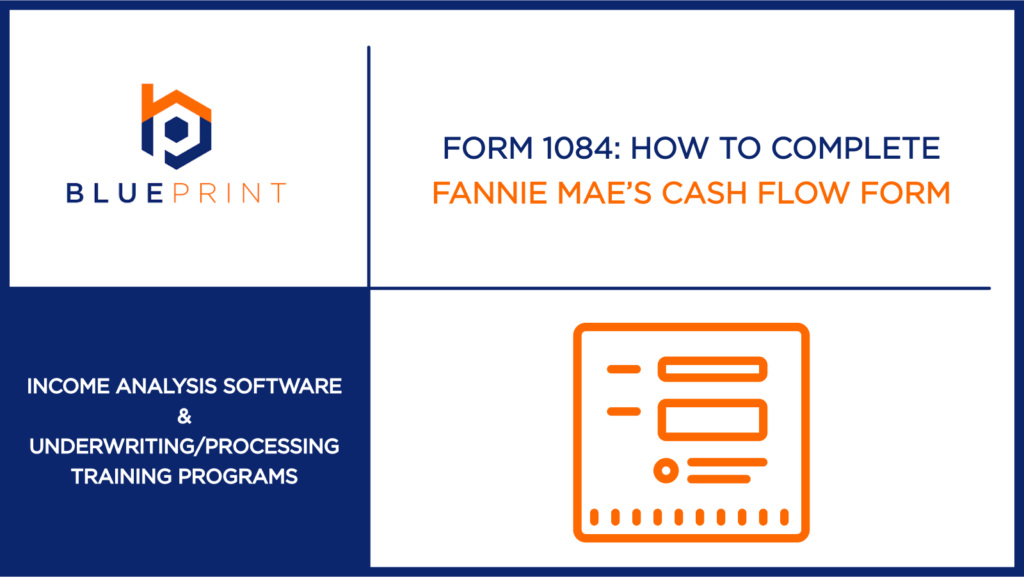
For lenders and underwriters, evaluating self-employed borrower income is one of the most complex parts of mortgage origination. Fannie Mae’s Form 1084 is a standardized tool used to calculate and document qualifying income based on tax return data—but completing it accurately can be time-consuming, error-prone, and highly manual. This article breaks down the components of […]
Calculating Income For Union or Skilled Trades
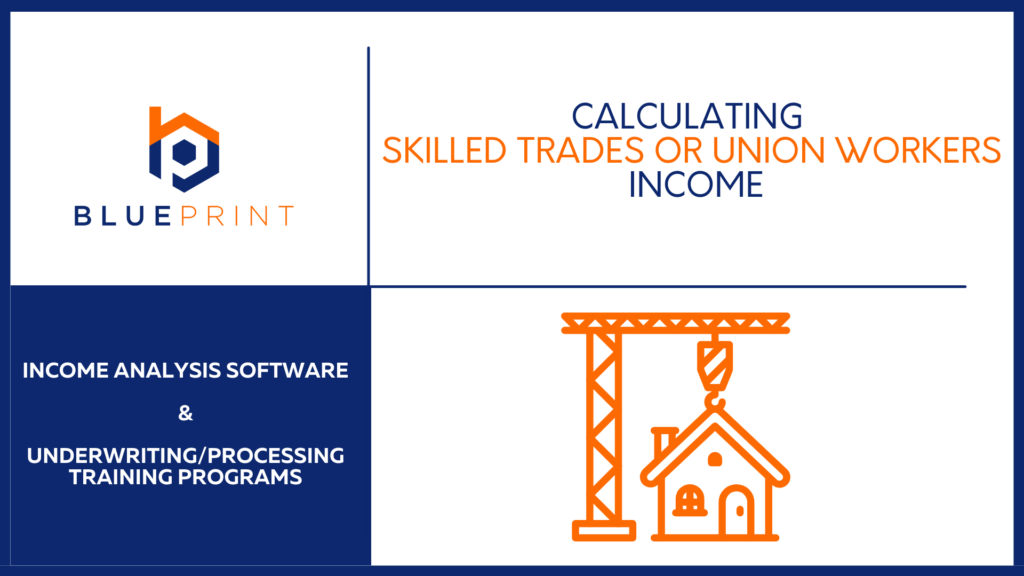
Determining income for union workers comes with unique challenges. Unlike conventional employment, these workers typically take on a series of short-term assignments. They don’t job-hop in the traditional sense; rather, they’re dispatched by their union halls to work on projects, moving from one to the next as assignments are completed. You’ll commonly see electricians, welders, […]
Variable Income Calculation: A Complete Guide for Lenders
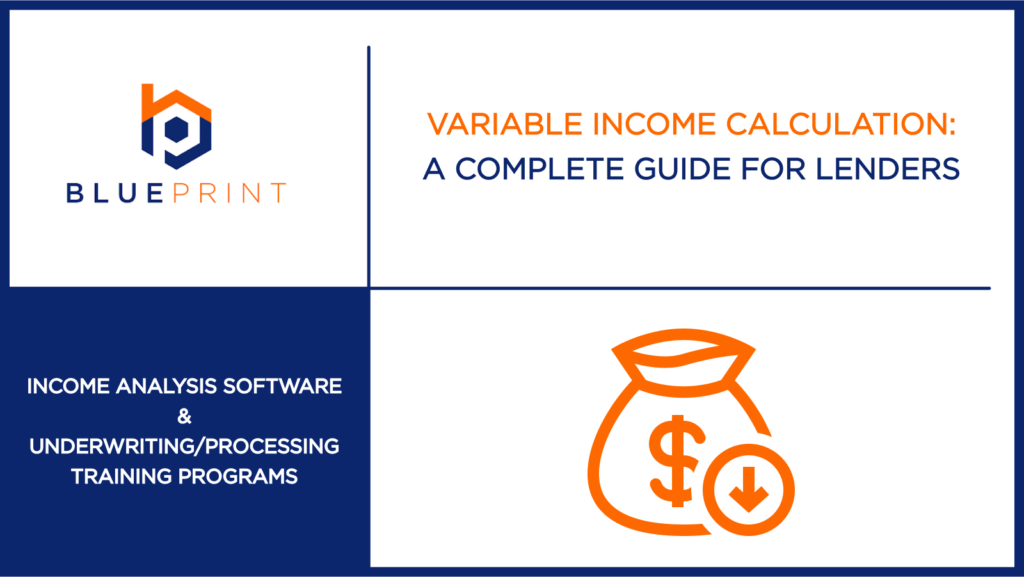
Variable income presents unique challenges in mortgage underwriting due to its fluctuating nature. Unlike fixed salaries, this type of income can vary over time, making it harder to assess stability and predictability. As a result, lenders must apply careful analysis and follow consistent documentation and calculation practices to determine whether variable income can be used […]
Non-Taxable Income Explained | Blueprint Guide
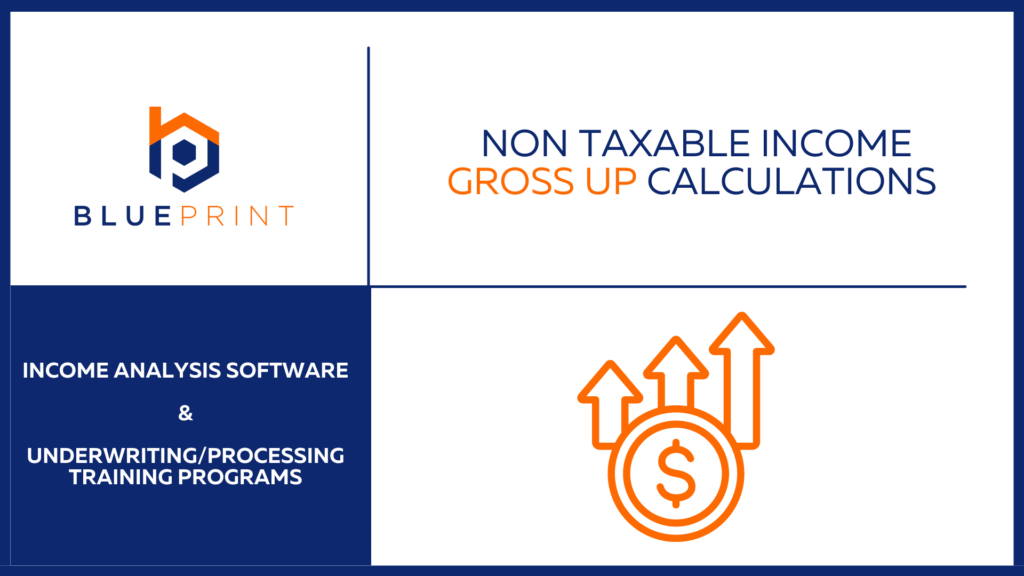
How do I gross up non-taxable income? Non-taxable income refers to earnings exempt from income taxes. Common examples include child support, alimony, Social Security income, VA benefits, interest income, and 401(k)/pension income. Properly accounting for these income types is essential for mortgage qualification. Why Grossing Up Non-Taxable Income Matters Mortgage qualification relies on debt-to-income (DTI) […]
Self|Employed Borrower Changes Tax Filing Types? | Blueprint
What if my borrower changes tax filing status? Business owners often change their business entity type as their enterprise evolves. For example, a business may start as a sole proprietorship or single-member LLC filing IRS Schedule C, but later transition to an S-corporation to take advantage of tax benefits. This change raises important questions for […]
